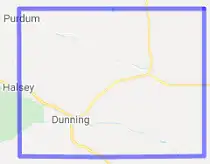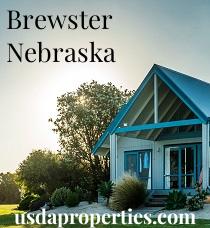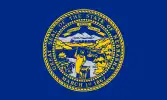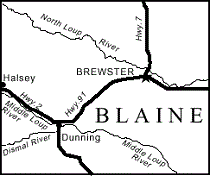Loading Data
Find USDA Eligible Properties in Blaine County
 browse list of realtors working in Blaine County
browse list of realtors working in Blaine County
Hey, are you a realtor interested in helping families find USDA eligible properties in Blaine County?
Join the USDAProperties Realtor Network
Looking to buy in Blaine County, Nebraska?
The size of Blaine County is roughly 1,852 square kilometers. There are no geographical USDA loan restrictions in this county. The influence score for Blaine County is 9. Look below for the interactive county level map illustration below for more details.
Select from the list of cities below or use the search feature to find active property listings in a city where you would like to live.
Start your search for USDA loan eligible properties in the cities of Blaine County, NE ![]()
* cities most likely to have USDA loan eligible properties for sale.
*Brewster • *Dunning • Linscott • Purdum
A USDA loan is a mortgage option available to eligible homebuyers that is sponsored by the United States Department of Agriculture to promote homeownership in rural communities. USDA Loans, sometimes called "RD Loans," offer 100% financing options on eligible rural properties. USDAProperties can help you find USDA properties in Blaine County.
View the detailed USDA boundaries and read about general conditions of
Blaine County, Nebraska
 .
.Blaine County is located in the north-central part of Nebraska and was officially established on March 5, 1885. The county was named in honor of James G. Blaine, a prominent American statesman and Republican politician who served as a U.S. Representative, Speaker of the U.S. House of Representatives, and U.S. Senator from Maine. Blaine County covers an area of 712 square miles and has a population of approximately 500 residents as of 2020.
The region was initially settled by European immigrants, with early settlers arriving in the area during the late 19th century. Ranching and farming have been major economic activities in the county since the beginning. The terrain mainly consists of rolling hills, and the Middle Loup River serves as an essential water source in the area.
One fun fact about Blaine County is that it is home to the Nebraska National Forest, specifically the 90,000-acre Bessey Ranger District. This forest, located near Halsey, is unique because it is the largest hand-planted forest in the United States. The forest was created in the early 20th century as part of a wider project aimed at addressing the scarcity of timber and the need for soil conservation in the Nebraska Sandhills region. Today, the Nebraska National Forest attracts visitors for recreational activities such as hiking, camping, and enjoying the unique landscape of the area.
Featured Cities of Nebraska



